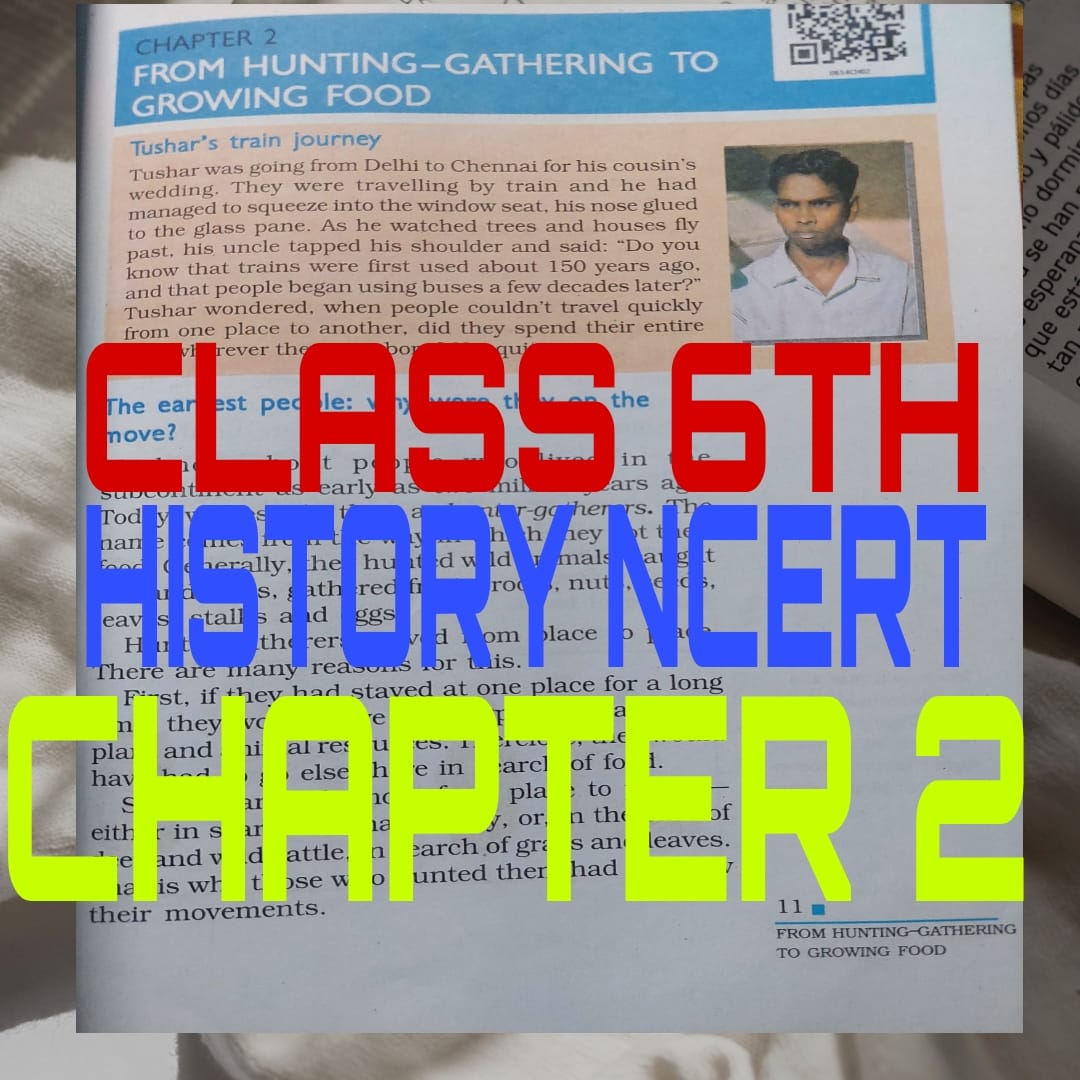Hello Everyone Welcome in SONU LIVE ,in this post I’m providing you all important questions of CLASS 6TH HISTORY NCERT CHAPTER 3 which will help you in the UPSC Preparation and academic preparation.
SUMMARY OF CLASS 6TH HISTORY NCERT CHAPTER 3 FOR UPSC
Q. What can we learn from the Indus valley civilization to bring changes in Modern Times?
Important innovations of this civilization include standardized weights and measures, seal carving, and metallurgy with copper, bronze, lead, and tin. Little is understood about the Indus script, and as a result, little is known about the Indus River Valley Civilization’s institutions and systems of governance.
Q. How can we locate Harappan site from west to east?
The western boundary started from Sutkagendor on the Makran coast of Pakistan.
The eastern boundary was till Alamgirpur in Western UP.
The Southern boundary reached Daimabad in Maharashtra.
The Northern boundary was till Manda Akhnoor in Jammu and Kashmir.
Q. How can we locate Harappan sites from north to south?
Harappa, Mohenjo-daro, Dholavira, Lothal.
Q. What was special about Harappan sites?
Their expertise in town planning, water management and harvesting systems as well as drainage mechanism is unparalleled.
many of these cities were divided into two or more parts .
Citadel:- the part to the waste which was smaller but higher was called citadel.
lower town:- The part to the east was larger but lower was called lower town.
how did the brick made and what was their advantages?
baked brick where built around each part the bricks were so well back that they have lasted for thousand of years the bricks were laid in one interlocking pattern and that made the walls strong
what did the archaeologist call a special tank in Mohenjo Daro
Great Bath
Q. How did the great bath construct?
great bath was lined with bricks coated with plaster and made water tight with a layer of natural tar .
how were the houses drains and streets?
Generally houses where either one or two stories high with rooms built around a Courtyard most rooms and houses had a separate bathing area and is some had wells to supply water
Q. How were the drains of the cities?
Many of the cities had covered drains they carefully laid out in straight lines each drain had a gentle slope so that water could flow through it rains houses where connected to streets and smaller drains which ultimately lead into bigger ones
Q. From where did the raw material bring used by the Harappan people?
They got copper probably from present-day Rajasthan, and also from Oman. Tin brought from Afghanistan and Iran. Gold brought may be from Karnataka. Precious stones brought from Gujrat, Iran and Afghanistan.
Q. What were the crops did the Harappan people grow?
The Harappan people used to grow wheat Barley pulses peace rice sesame linseed and mustard.
Q. What were the animals did Harappan people keep?
Harappans reared cattle sheep goat and buffalo people also collected fruits like bear cow face and haunted wild animals like antelope of
Q. Where did the Harappan town Dholavira locate?
The city of Dholavira was located on Khadir Beyt in the Rann of Kutch (in present-day Gujarat), where there were fresh water and fertile soil.
where did the Harappan town Lothal locate?
Lothal was located on a tributary of the Sabarmati river, near the Gulf of Khambhat in Gujarat.
Q. Why did the decline of Indus Valley Civilization?
Many scholars believe that the collapse of the Indus Valley Civilization caused by climate change. Some experts believe the drying of the Saraswati River, which began around 1900 BCE, was the main cause for climate change, while others conclude that a great flood struck the area.
FAQ in UPSC
Regarding the Indus Valley Civilization, consider the following statements:(2011)
- It was predominantly a secular civilization and the religious element, though present, did not dominate the scene,
- During this period, cotton was used for manufacturing textiles in India.
Which of the statements given above is/are correct?
(a.) 1 only
(b.) 2 only
(c.) Both 1 and 2
(d.) Neither 1 nor 2
Solution (c)
Which of the following characterizes/ characterize the people of Indus Civilization? (2013)
- They possessed great palaces and temples.
- They worshipped both male and female deities.
- They employed horse-drawn chariots in warfare.
Select the correct statement/ statements using the codes given below.
(a) 1 and 2 only
(b) 2 only
(e) 1, 2 and 3
(d) None of the statements given above is correct
Solution (b)
check out for more questions – https://sonulive.in/class-6th-geography-ncert/

